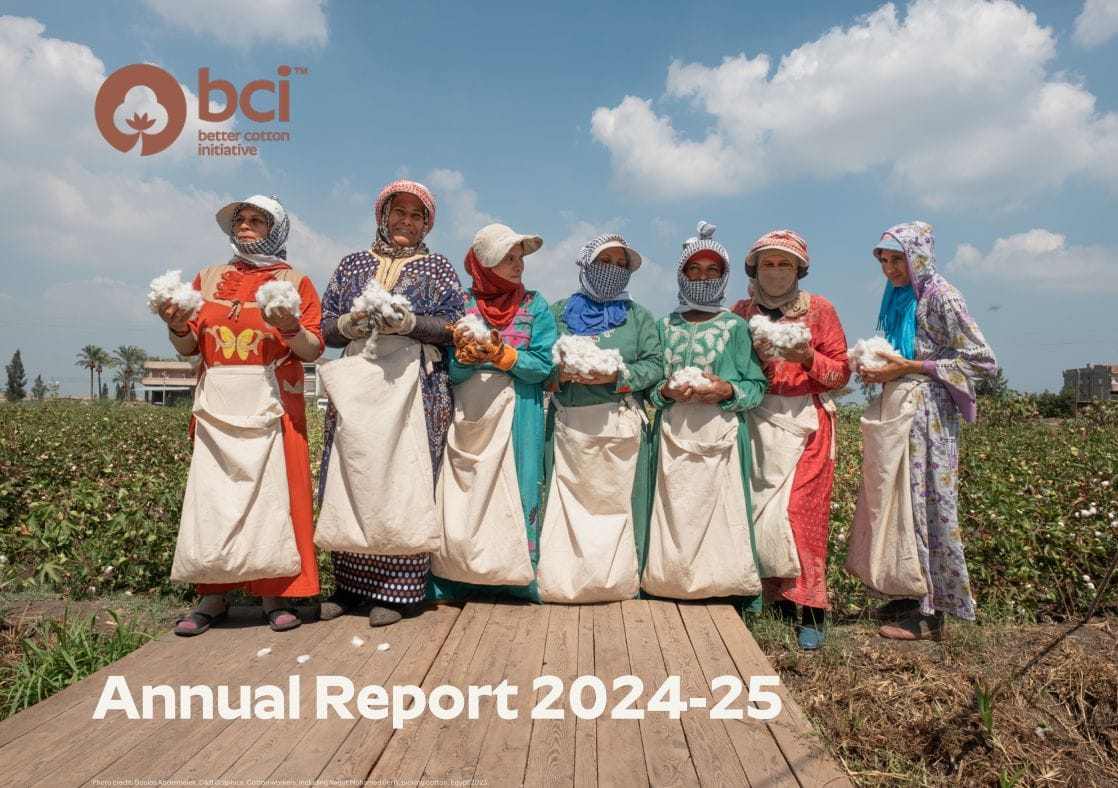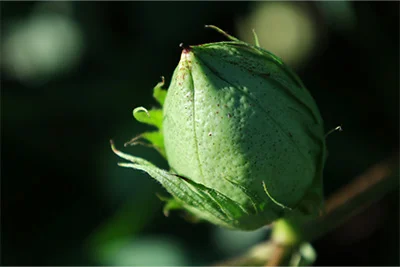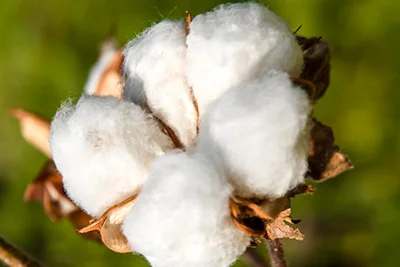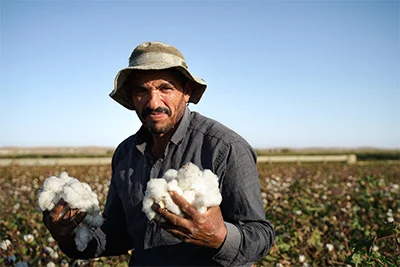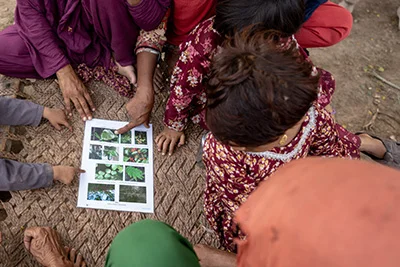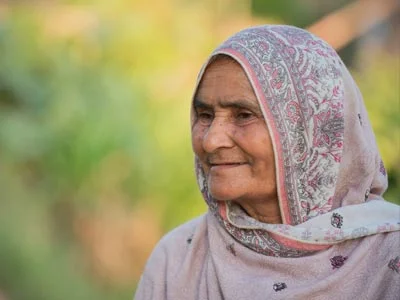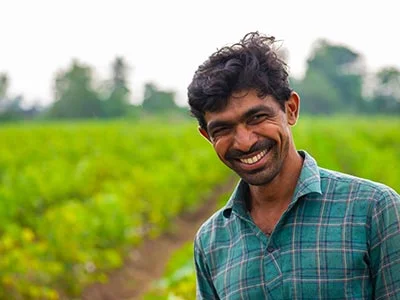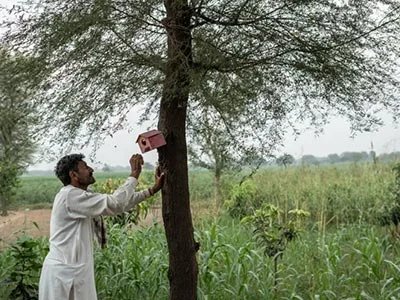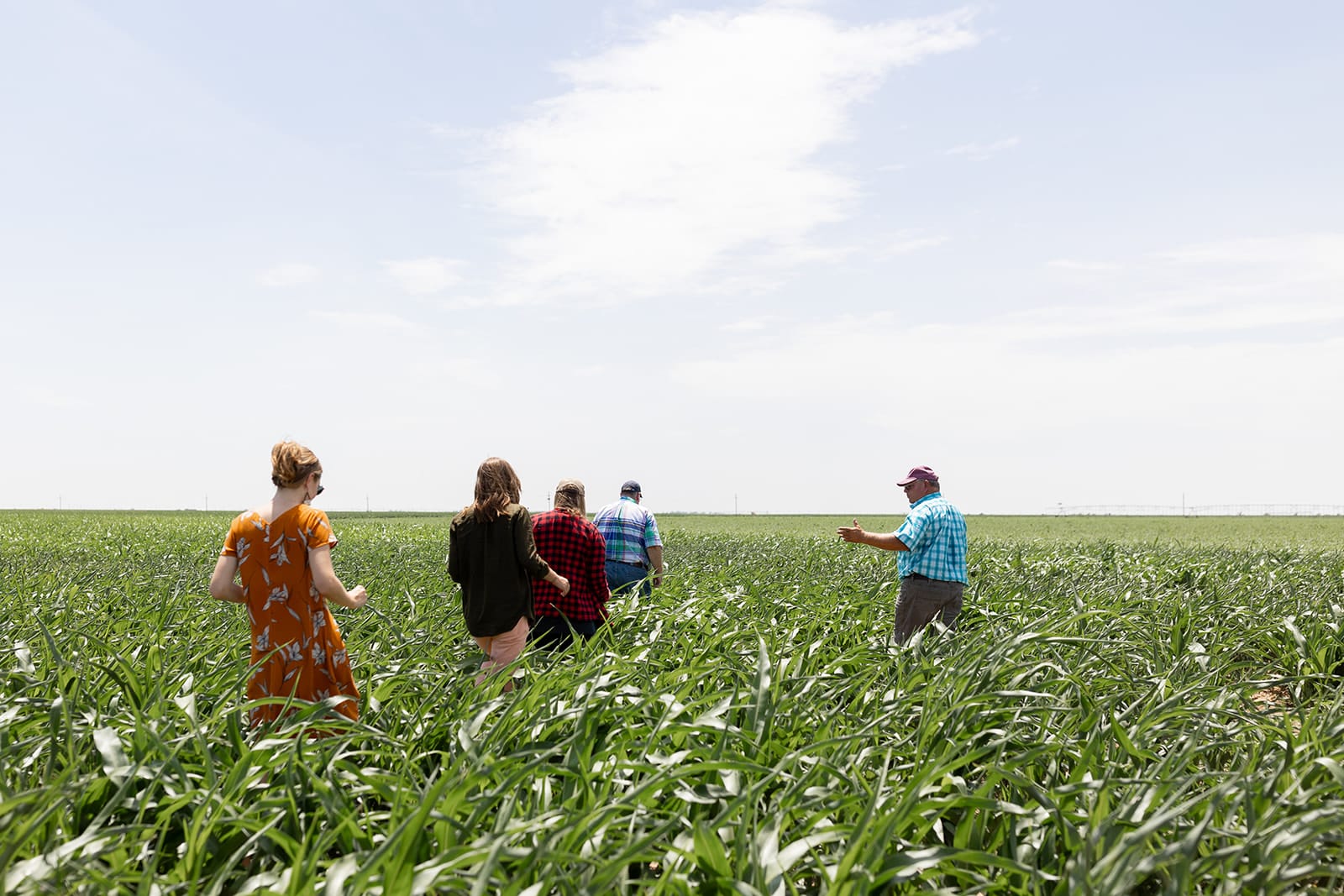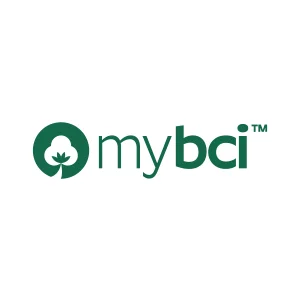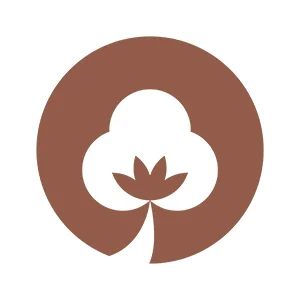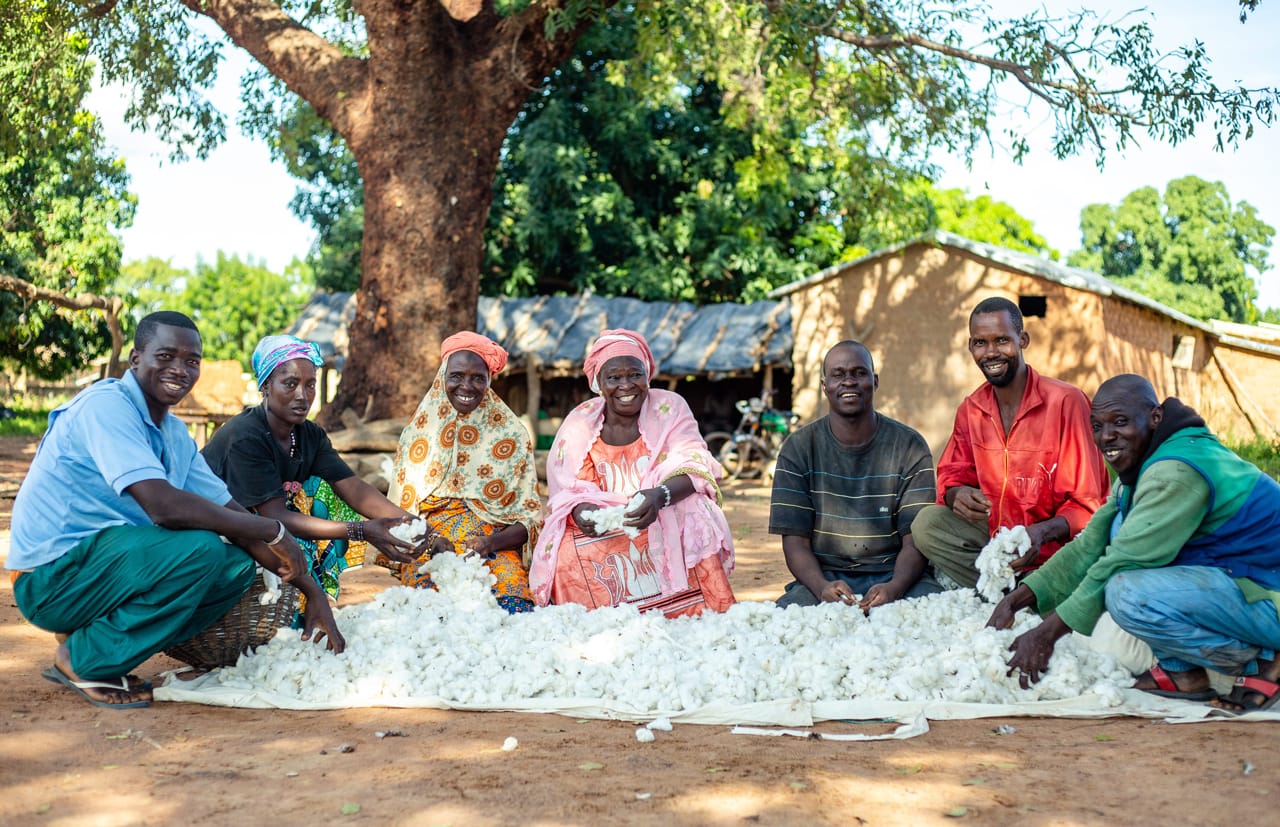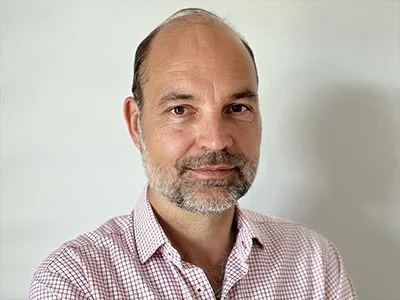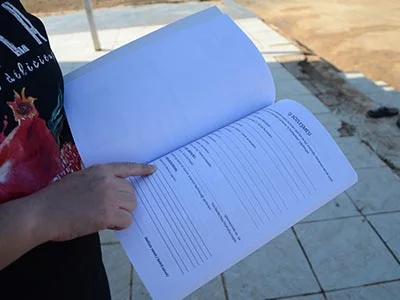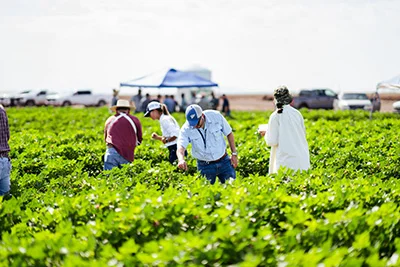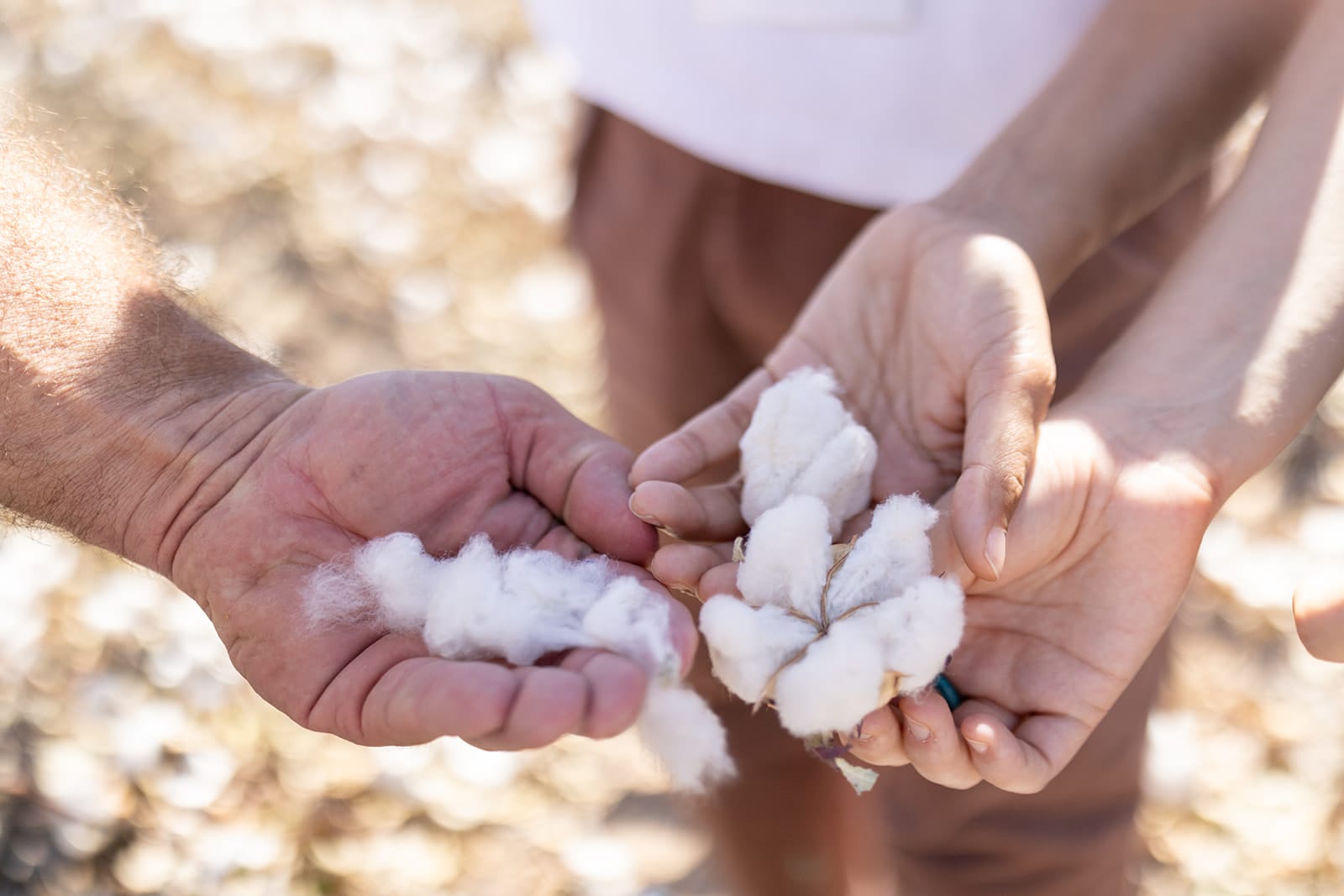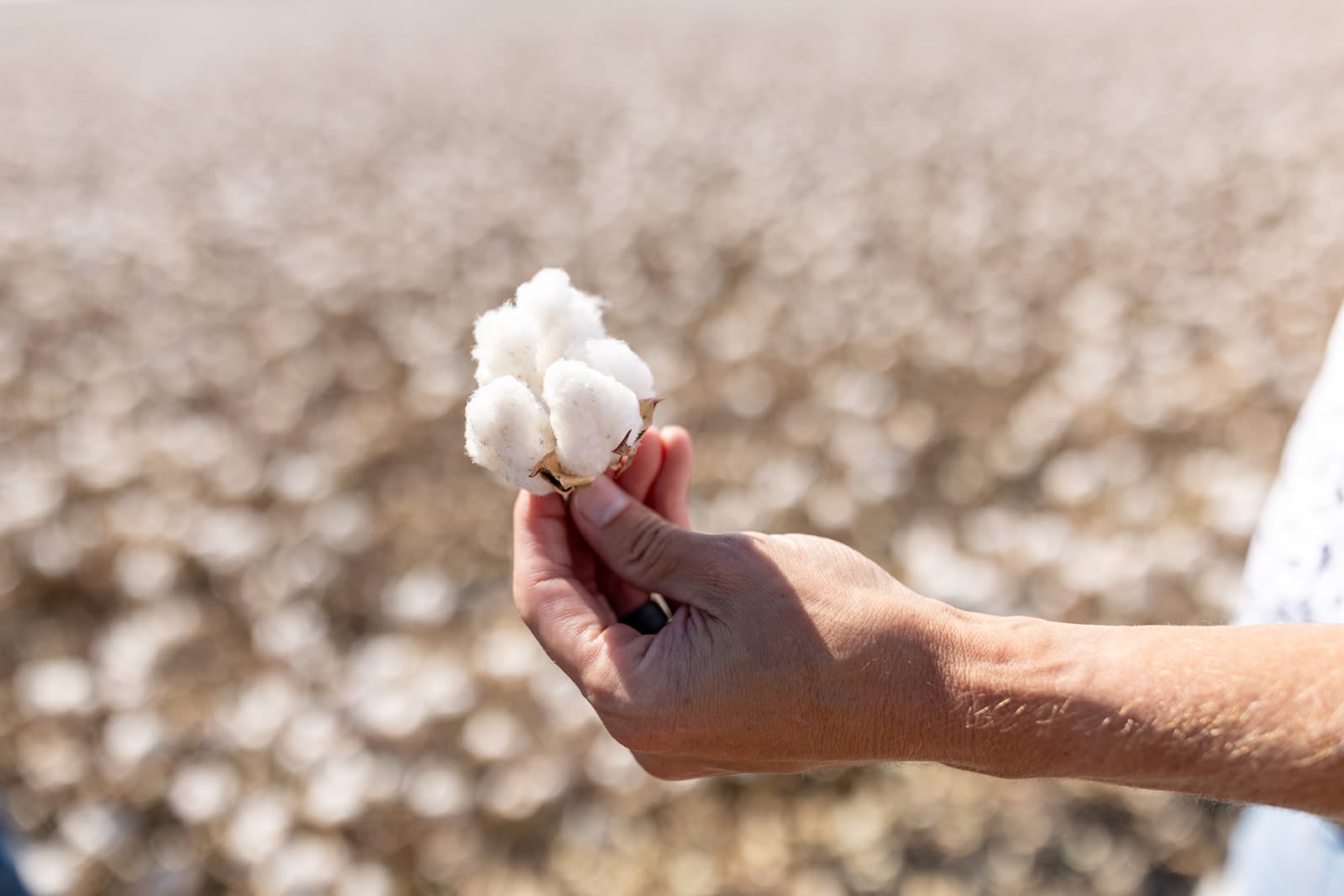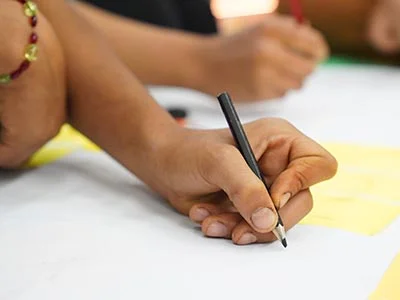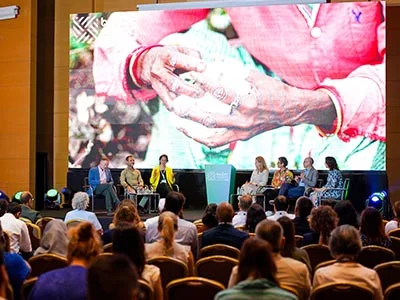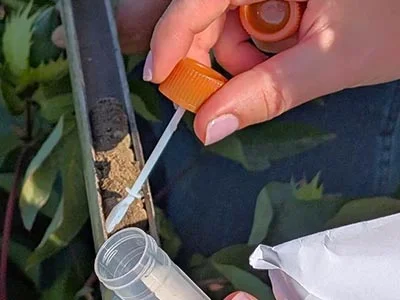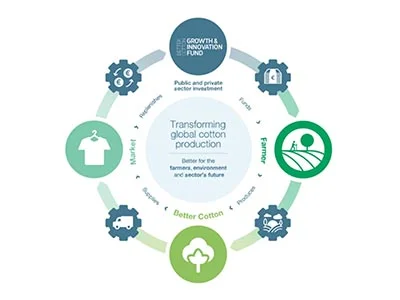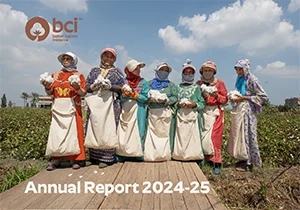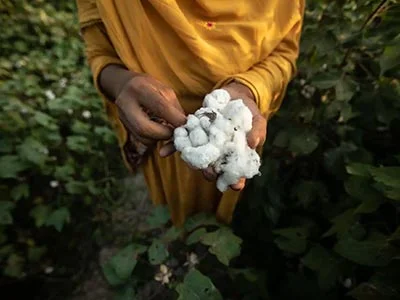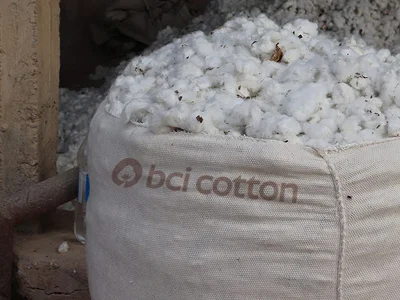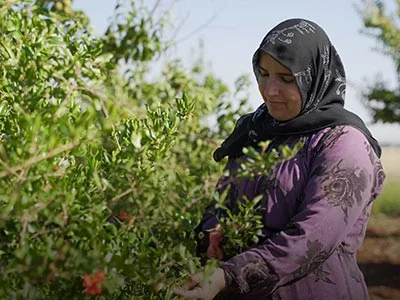In 2005, Woolworths launched a responsible business strategy known as “The Good Business Journey,” which focuses in part on sustainable fibres. While implementing the strategy, Woolworths identified cotton as the biggest part of their fibre footprint in apparel. In addition to organic cotton, Woolworths needed further elements of sustainable cotton to meet their goals.
“BCI met our requirements best because it talks toall aspects of growingcotton in a better way,” saidHugo Lemon, Product Technologist, Woolworths (Pty) Ltd.
Woolworths joined BCI in July 2014 with the goal of converting 15% of their cotton lint to Better Cotton by 2017. Meeting their target meant collaborating with suppliers, particularly in southern Africa, to increase their capacity to supply Better Cotton – a process which took a little over a year.”A joint collaborative and transformational approach made this work easier and has resulted in a firm commitment as a business to continually strive to do things in a better way,”said Lemon.
Woolworths selected its supply base for its capacity to service a broad spectrum of product categories, with the specific intent of converting big running lines into Better Cotton content. Along with these impressive efforts to date, Woolworths continue to work with their suppliers globally to develop a wider supply network of Better Cotton.
Prilla 2000, one of Woolworths’ suppliers, has been a valuable partner in making the procurement of Better Cotton a reality. The largest independent spinning mill in South Africa, Prilla joined BCI in February 2015 in response to demand from retailers, like Woolworths, for sustainable cotton.
Prilla works closely with its merchants to secure bales of Better Cotton. As long time buyers of CmiA (Cotton made in Africa) cotton, Prilla took advantage of the benchmarking agreement between AbTF (Aid by Trade Foundation) and BCI. Now they’ve started using their CmiA cotton as CmiA-BCI to fulfil their customers’ Better Cotton orders.
Prilla’s Better Cotton targets focus on supporting demand from customers in South Africa. They’ve had success in the region so far, and they’re hoping to expand their program to growers and retailers in other parts of the world.

